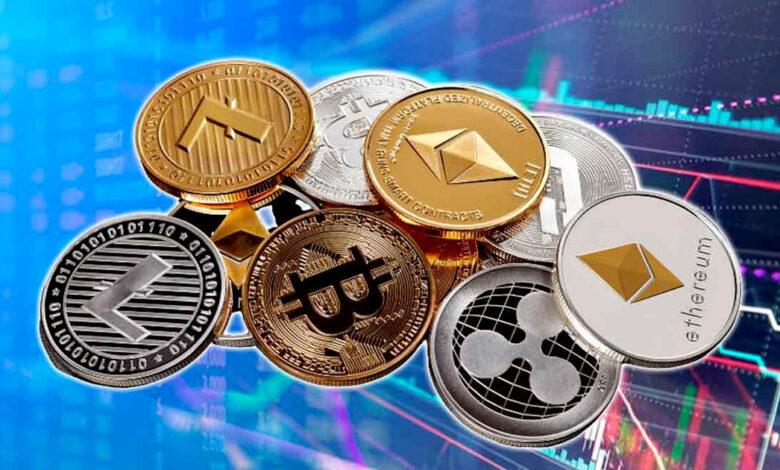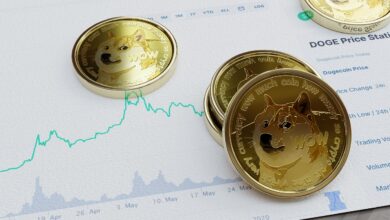Cryptocurrency Market: Pepe Surges 7,000% and Makes Waves in the Cryptoverse

The Resurgence of Memecoins: Pepe Token Skyrockets by 7,000%
The world of cryptocurrencies has once again witnessed the rise of “memecoins” – a peculiar, highly speculative, and extremely volatile class of digital tokens. The latest memecoin to grab attention is Pepe, inspired by the anthropomorphized frog commonly seen in internet memes. Since its launch on April 16, Pepe has surged nearly 7,000% in just 17 days, reaching a staggering market value of $1.8 billion by May 5, as reported by CoinGecko.
Pepe’s remarkable ascent has reignited investor interest in memecoins as a whole, leading to a significant surge in trading volumes. According to data from Dune Analytics, trading volumes for memecoins skyrocketed to $2.6 billion in the first week of May, a substantial increase from the previous week’s $408,000.
Todd Groth, head of index research at CoinDesk Indices, commented on the phenomenon, stating, “Memecoins just flare up on occasion, and it’d historically happened when the market’s a bit choppy or sideways. It’s almost like, if the market is not moving up fast enough, traders find these smaller tokens to trade with.”
Interestingly, this memecoin frenzy arrives at a time when bitcoin’s rally in 2023 appears to be slowing down. The leading cryptocurrency has experienced a 6% decline since mid-April, currently trading at $27,416.
Although Pepe’s value has dropped by 60% from its peak on May 5, it still maintains a market cap of nearly $740 million. This positions it as the third-largest memecoin, trailing behind dogecoin and shiba inu, both originating as internet jokes referencing a Japanese dog breed. Dogecoin and shiba inu currently dominate the memecoin market with market caps of over $10 billion and $5 billion, respectively.
The creators of Pepe remain unidentified, and attempts to reach them for comment have been unsuccessful thus far.
Memecoins gained mainstream attention during the “Wall Street Bets” movement in 2021, driven by retail traders. These coins primarily serve speculative purposes, in contrast to more established cryptocurrencies like bitcoin and ether, which proponents believe have real-world utility as means of payment or stores of value.
Market participants have cautioned traders and investors about the risks associated with memecoins. Martin Leinweber, a product strategist at MarketVector Indexes, warned, “Human beings love to speculate… I would still be very cautious to buy them. It’s gambling in its purest form.”
Pepe’s website describes the coin as “completely useless and for entertainment purposes only” with no formal team or roadmap. Remarkably, it has become the fastest-growing cryptocurrency hosted on Ethereum, the second-largest blockchain, according to data firm Messari.
Pepe’s surge in popularity was further amplified by its quick listings on major centralized exchanges, including the renowned platform Binance. Messari analyst Chase Devens attributes the coin’s success to these listings. Binance acknowledges that Pepe has “no utility” or “value support mechanism” and warns users about its volatility, disclaiming any responsibility for trading losses.
The availability of Pepe on centralized exchanges has paved the way for derivative trading, introducing leveraged exposures and increased volatility, subsequently leading to higher Ethereum transaction fees.
Similar to other crypto tokens, memecoins’ fortunes rely on retail trading and are often influenced by online sentiment. Dogecoin and shiba inu, the eighth and fifteenth largest cryptocurrencies respectively, have both experienced significant price fluctuations. Dogecoin, launched in 2013, skyrocketed over 12,000% to





